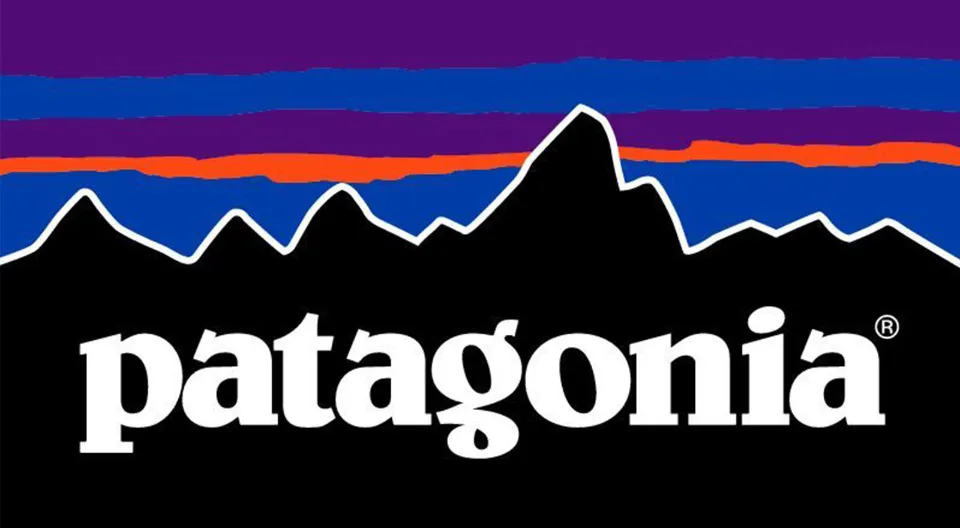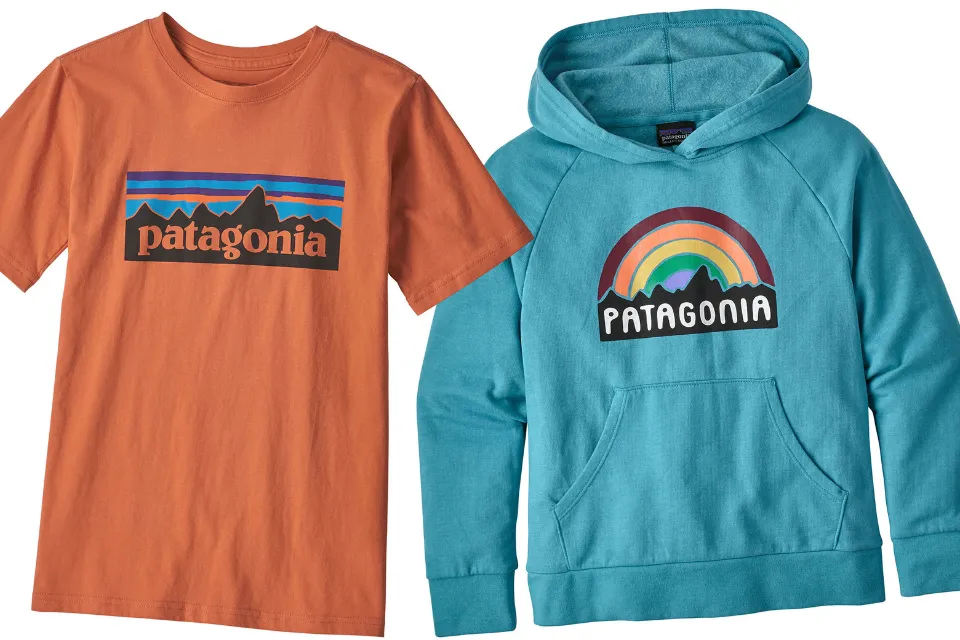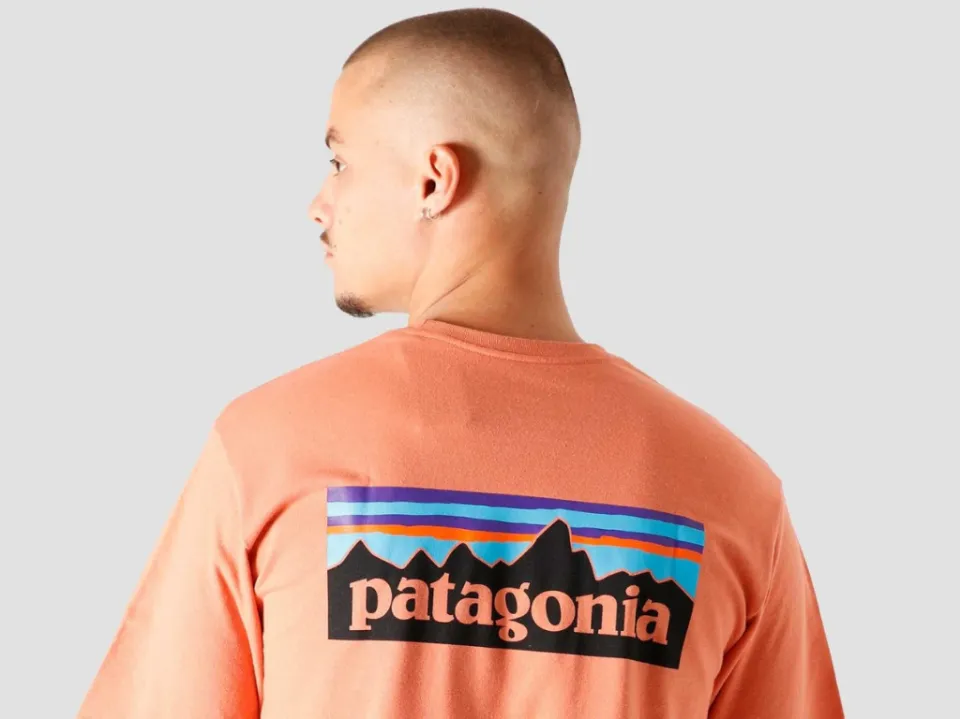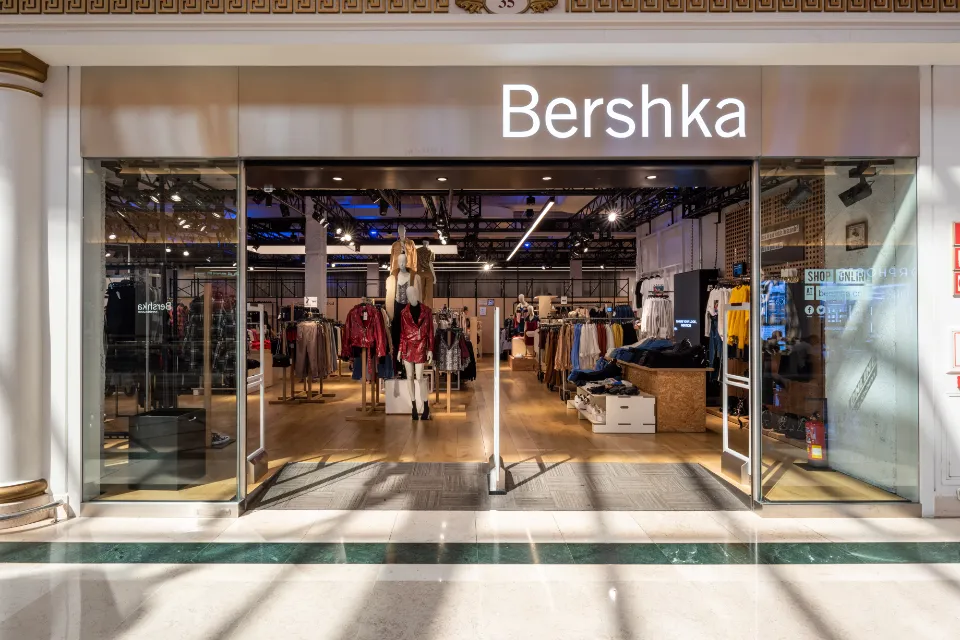Gear from Patagonia is a wise investment, according to the collective wisdom. Have you wondered why is Patagonia so expensive?
In a world where you get what you pay for, Patagonia delivers premium products for premium prices.
Here are the top 11 expenses associated with Patagonia.
About Patagonia
We are not ignorant of the fact that Patagonia is a for-profit organization since it is clearly a for-profit enterprise.
The company’s core values, which motivate it to design and produce the best equipment available, are impressive, as is what it does with the money it makes.

Look at the company’s mission statement to get an idea of what we’re talking about. At its core, Patagonia is driven by four guiding principles:
- Build the Best Product
- Cause No Unnecessary Harm
- Use the Business to Protect Nature
- Don’t Be Bound by Convention
The company’s goal to be good stewards of the environment encompasses all four of these values.
Patagonia gear lasts longer thanks to superior manufacturing, reducing the frequency of replacement for customers.
The most effective products are also recyclable and reusable, which further lowers Patagonia’s long-term carbon footprint.
Also Read:
Why is Patagonia So Expensive?
Let’s talk about how the higher dollar value you see on the price tag relates to Patagonia’s founding principles now that we’ve gained some understanding of them.
1. Sustainable Sourcing
One reason Patagonia‘s clothes are expensive is that they practice sustainable sourcing.
It makes sense that they would want to help preserve the environment given that their clothing is marketed to people who enjoy the outdoors.
People won’t want to venture outside in a poor environment.
Therefore, they won’t need outdoor attire. Patagonia employs sustainable sourcing methods to aid in environmental preservation.
They make certain that the suppliers they work with abide by the rules for a safe and sustainable cotton harvest.
Costs are involved with those regulations.
Making sure you only take what you need of the cotton is much more expensive than harvesting the entire crop and damaging the soil for future crops.
Patagonia continues to source sustainably despite the added expense. The cost of clothing increases as a result.
The higher cost is offset by the benefits of sustainable sourcing.
Patagonia customers don’t just purchase premium apparel.
When people give money to Patagonia, they are also supporting the company’s efforts to source products sustainably.
2. Living Wage Payments
Patagonia takes employee compensation seriously. Despite the fact that they aren’t officially Patagonia employees, they also take the pay of factory workers seriously.
Patagonia does not possess any manufacturing facilities. Instead, they collaborate with a small number of carefully chosen factories that satisfy their requirements.
The pay that the factory offers its employees is one of their most important standards.
It can be challenging to put factories under pressure to pay their workers a living wage.
That’s because the factory frequently collaborates with multiple brands at once.
The factory will have to increase prices for all brands if one brand pressures it to pay its employees more.
Performing this legally can be challenging.
Price-fixing, which is when businesses compel factories to raise wages, is illegal.
The industry norm is established when businesses band together and settle on a specific price.
In a nation with a free economy, doing so is forbidden.
But Patagonia can only exert so much pressure on the factory in order to get it to raise prices and pay its employees a living wage.
3. Positive Environmental Practices Aren’t Cheap
Patagonia constantly monitors the environmental impact of the business.
They are not afraid to increase their prices a little to cover a marginally more expensive method of doing things when there is a chance to make a change that benefits the environment.
Sure, that will set you back a few extra dollars, but in the end, consumers are the ones who gain from sustainable business practices, so we should bear the financial burden.
4. Focus on Factories in the United States
Although Patagonia has factories all over the world, they try to prioritize American factories whenever they can.
There aren’t many textile factories in the US, which is a problem.
Even fewer people meet Patagonia’s standards for wages and the environment.
The numerous trade agreements that have forced the factories to leave the country in search of foreign labor have played a significant role in the reason why there are so few textile factories in the United States.
Particularly the NAFTA, CAFTA, ATPA, and IFTA agreements had a significant impact on the exodus of textile factories from the nation.
As a result, Patagonia makes a special effort to locate new factories that adhere to their environmental and worker standards.
They lose time and money as a result.
Sending a representative to visit a factory before signing a contract is a component of their onboarding process.
They’ll verify their use of environmentally friendly practices, the caliber of their worker conditions, and the payment of a living wage to their employees.
For factories in the US, paying a living wage can be costly. It implies that using them to produce things costs more.
Not all companies are eager to sacrifice profits in order to cover those expenses.
However, Patagonia is ready because they genuinely care about the environment and making sure that factory workers are paid fairly.
This implies that they must raise their product prices in order to turn a profit and continue operating.
5. Patagonia Uses Premium Materials

If you read the product description for any Patagonia item, you’ll discover that their use of high-quality raw materials forms the basis of everything they produce.
Grab a Patagonia product and experience the quality for yourself.
6. Durability
Customers choose Patagonia products because they are confident in their durability.
This is ensured by the caliber of their components. When you’re outside, durability matters.
A ripped jacket or coat is the last thing you want to experience while hiking.
You might become ill as a result of being exposed to the elements.
It might even be fatal in below-freezing temperatures.
Patagonia produces rugged outdoor apparel and equipment.
It’s made to withstand rubbing against cliff faces or forcing your way past barbs and trees. The cost of that toughness is unknown.
Manufacturers require both high-quality components and high-quality production methods to create durable products.
In order to produce a fantastic product, they invest in those processes.
Investment entails putting more resources—including cash, time, and engineering—into the finished product.
Every one of those features has a cost. The result is an increase in the product’s price.
7. Purpose-Built
The clothing is meticulously crafted by Patagonia.
Each style of their clothing serves a particular function and isn’t just intended for outdoor use.
The design of the line used for rock climbing makes wearing it while rock climbing practical.
While there aren’t too many features for it to be overly complicated, it has enough to aid your ascent.
The hiking line follows the same rules.
They design it so that it facilitates hiking without adding unnecessary extras that might make it difficult for you to hike.
Patagonia is expensive as a result of the increased emphasis on a custom-built design.
Not every clothing company makes the same amount of effort.
They strive to win over the general public instead.
That has the drawback that the clothing you end up with is useless for its intended use.
It makes too many simultaneous attempts.
Contrarily, specially designed clothing gives its wearers exactly what they require. Factories must fit the unique design for each type of clothing, which raises the cost. The engineering process used to create the clothing line also raises the price.
Each clothing line is meticulously designed. It is necessary to compensate those engineers and designers. Each of these elements raises the cost of the clothing.
8. R & D Budget
The R&D department at Patagonia is sizable.
They are constantly thinking of new ways to make their customers’ access to and use of their outdoor gear easier.
Patagonia pays attention when its clients voice concerns about issues with outdoor clothing.
They seek to learn from and improve upon both their own and other clothing brands’ mistakes.
They put a lot of money into their R & D team to make sure they’re always at the top of the field.
Their team tests various designs and prototypes through experiments.
9. Popularity in Outdoor Activities
There has been a rise in popularity of outdoor activities.
An increase in the number of people participating in outdoor activities has come about as a result of a global pandemic that encouraged people to spend more time outside and away from cities.
Younger generations are looking to enjoy the outdoors more as the future environmental threats become more prominent.
This indicates that there is a rising need for outdoor clothing and equipment.
Many of them are turning to Patagonia when looking for high-quality equipment for their outdoor activities.
Those who want to do their part to protect the environment are drawn to their sturdy clothing and emphasis on sustainable sourcing and green manufacturing.
Supply is still roughly the same, which is a problem.
The cost of the clothing and equipment rises when supply and demand are equal.
This is especially true in the warmer months when people are searching for new outdoor gear to purchase.
Patagonia will cost you a lot of money if you’re one of those people looking to join others outside by purchasing new equipment.
10. Patagonia is Always Innovating
Innovation requires a healthy R&D budget, and Patagonia isn’t afraid to mark up their products to fund their research into better materials, designs, and practices.
Many of their products now use recycled materials thanks to this innovation-focused approach, which has also assisted the business in reducing its carbon footprint as it battles inefficiency and waste in the supply chain.
The innovative designs of Patagonia will still be useful to you even if you don’t care about ethical business practices.
Thanks to their proprietary technology and unique features, their products frequently outperform the competition, giving you a better-performing, longer-lasting product.
11. Shipping Fees
A final reason Patagonia is expensive is shipping fees.
Since Patagonia doesn’t own any factories or mills, they must pay for the transportation of their goods from the factories to their retail locations.
Their factories are largely located abroad.
That has a cost attached to it. To enter the country, imports must pay a tariff, or tax.
As a result of imported goods, the government can make money.
Anytime they want, they can levy various tariff rates on various nations.
The profit Patagonia will make from selling the product will be reduced if the products are imported from a nation that must pay a high tariff amount.
They must increase their prices to cover shipping costs in order to get around this.
It’s also the reason Patagonia makes an effort to work with US-based factories when selling its products here. It is more cost-effective and environmentally friendly.
You Might Also Like:
- Why is Urban Outfitters So Expensive?
- Why is American Eagle So Expensive?
- Why is Free People So Expensive?
- Why is Lululemon So Expensive?
- Is PacSun Expensive?
- Is Zara Expensive?
Is Patagonia a Good Quality Brand?
Patagonia is widely considered to be a high-quality brand. The business is renowned for creating high-quality, tough outdoor gear that can withstand the rigors of outdoor adventures.
Gore-Tex, Pertex, and H2No, three materials that offer superior performance in challenging outdoor conditions, are used by the brand in the construction of its clothing and equipment.
In addition, unlike some other brands, Patagonia is dedicated to ethical manufacturing and sustainability.
The high caliber of their products may also be a result of their dedication to environmental sustainability and moral manufacturing practices.
Conclusion: Why is Patagonia So Expensive
Patagonia‘s clothing lines and outdoor gear have a reputation for being premium.
They use high-quality practices and have an acute emphasis on sustainable sourcing, manufacturing, and business operations.
All these factors make their products more expensive.
You may find that Patagonia‘s approach to business and the environment is well worth the expense.
Read More: Why Are Skechers So Expensive?
FAQs
Why is Patagonia So Popular?
Patagonia is well-known for its sustainable practices, which include using recycled materials, reducing water usage, and promoting fair labor.
Is Patagonia a Luxury Brand?
Is Patagonia More Expensive Than North Face?
Due to the high quality of its apparel and the durability of its environmentally friendly, sustainable products, Patagonia is frequently more expensive.




